Great Salt Lake Poses Significant Threat to the Environment
Utah’s iconic Great Salt Lake is beginning to pose a serious threat to the environment, claims scientists, who recently published a study detailing the extent of the problem.
As the Great Salt Lake continues to dry up, it has turned from a local concern to a global issue. Scientists are concerned that the lower water levels witnessed at the lake could become a catalyst for accelerating global warming if this trend continues.
Utah's Great Salt Lake
Located just outside of Salt Lake City in the state of Utah, the Great Salt Lake is not just a local attraction but a crucial part of the global ecosystem. At its greatest extent, the enormous body of water is approximately 75 miles long and about 35 miles wide.
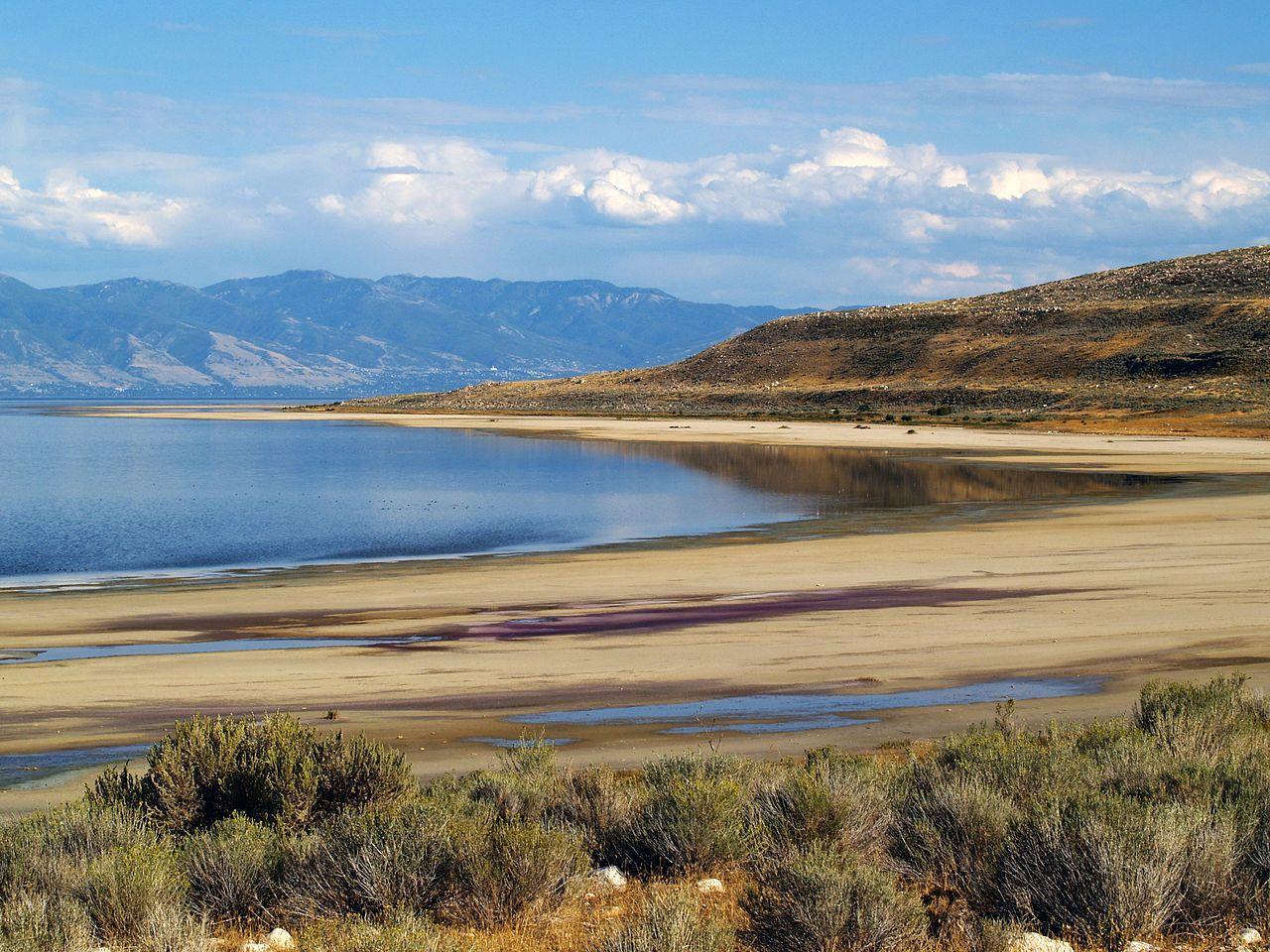
Source: Wikimedia
Revered as a place of outstanding natural beauty, the lake has been a popular tourist destination for decades, with many people sailing, kayaking, and swimming in its waters. However, in recent years, scientists have warned that the lake is shrinking fast and having detrimental effects on the wider environment.
What's Causing the Great Salt Lake to Dry Up?
Scientists explain that several factors have contributed to the significant decrease in the water level at the Great Salt Lake.
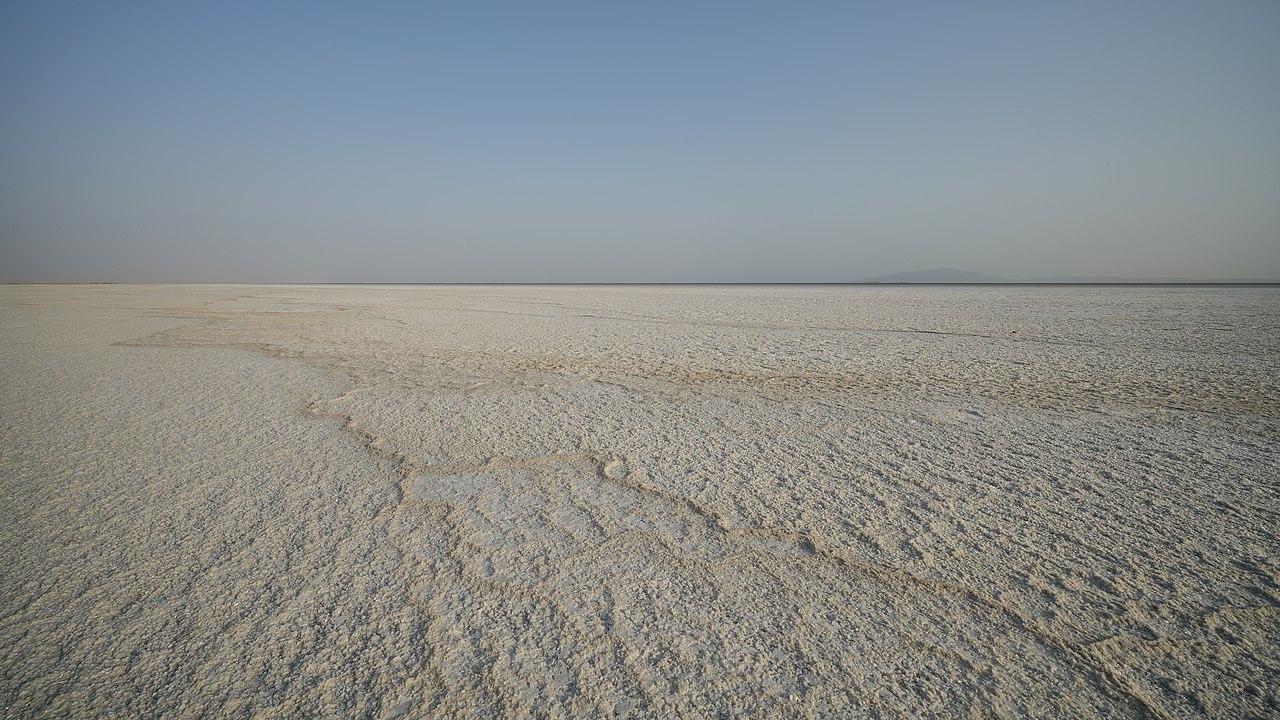
Source: Wikimedia
The use of water from the lake for agricultural purposes, combined with Utah’s bustling population and various other smaller factors, has resulted in the lake shrinking by up to 50% in as little as a few decades.
Dire Consequences for Utah’s Ecosystem
If the water levels at the lake continue to drop as they have been, the consequences for the ecosystem will be dire. The migration of up to 10 million birds, including geese and ducks, will be severely affected, painting a stark picture of the local impact of the lake’s drying.
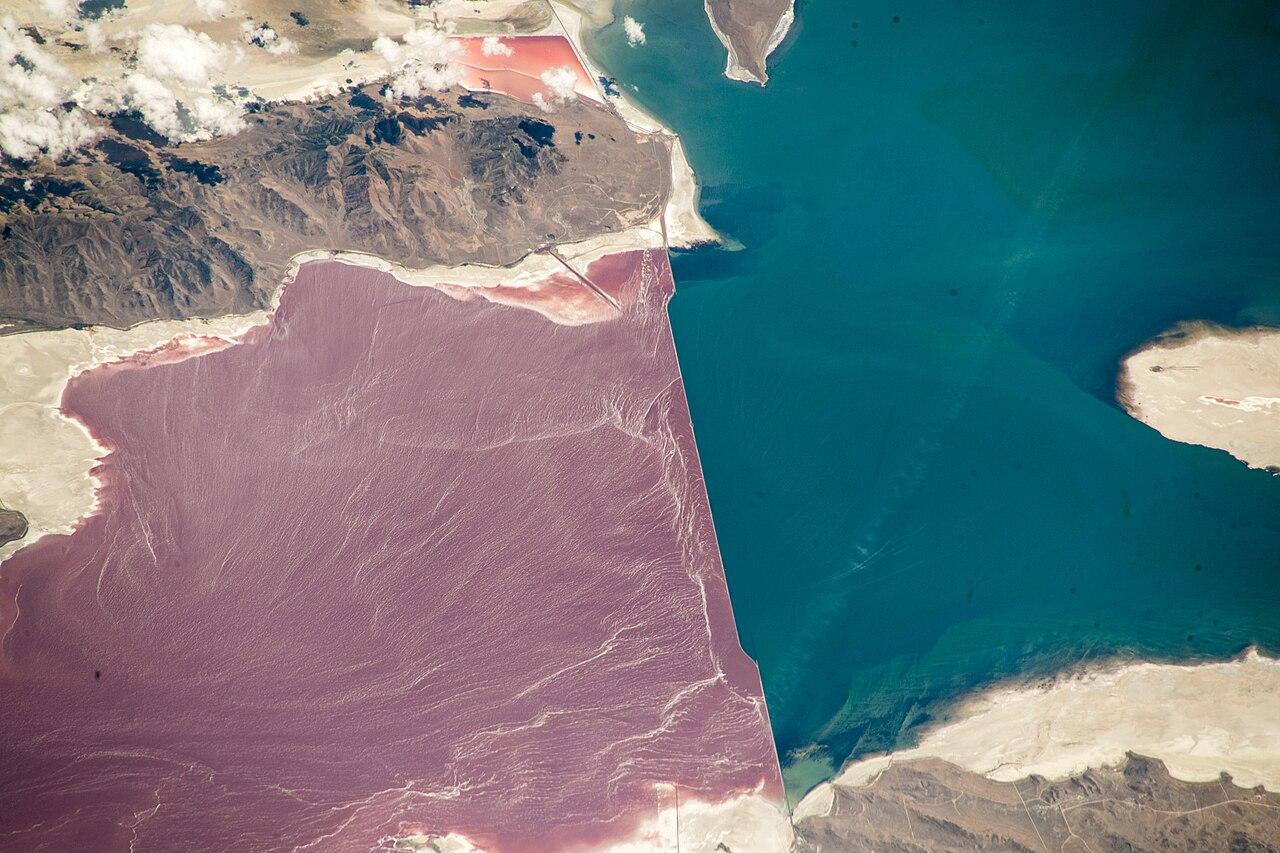
Source: Wikimedia
Researchers have already noted a significant drop in shorebird populations, such as snowy plovers and burrowing owls, as a result of the lake drying up.
Scientists Detail the Effects the Dry Lake is Having on the Environment
In a new study published in the journal One Earth, scientists reveal that the drying of the Great Salt Lake is also negatively affecting the environment.

Source: Wikimedia
Researchers working on behalf of Canada’s Royal Ontario Museum spent around seven months sampling emissions coming off the dried salty bed and realized the lake bed contributes a great deal more to global warming than initially thought.
Utah Lakes is Releasing Massive Quantities of Greenhouse Gases
Soren Brothers, co-author of the study and the Allan and Helaine Shiff curator of climate change at the Royal Ontario Museum, explained how the drying of the lake is exacerbating global warming.
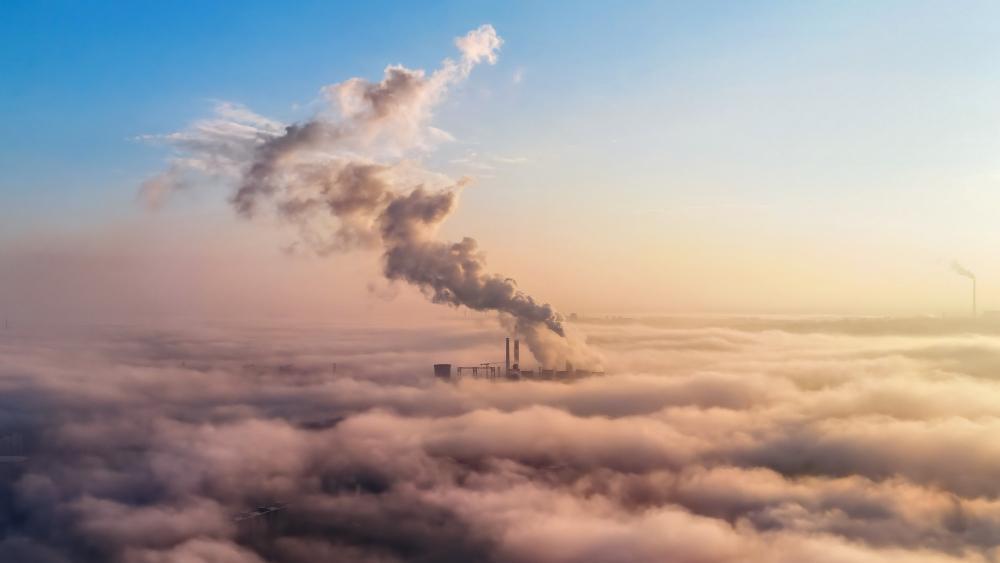
Source: Freepik
“Human-caused desiccation of Great Salt Lake is exposing huge areas of lake bed and releasing massive quantities of greenhouse gases into the atmosphere,” he said.
The Drying of the Lake Leads to Respiratory Problems
In their study, the scientists detailed several other negative aspects of the lake’s prolonged period of drying.

Source: Freepik
These include the release of harmful particles and dust into the air that spreads throughout the landscape, posing a serious threat to the respiratory systems of nearby human and animal populations.
Utah Lake Releases CO2 Into the Atmosphere
Brothers later spoke with Newsweek, revealing that the lower the lake’s water level is, the more CO2 it releases into the atmosphere.
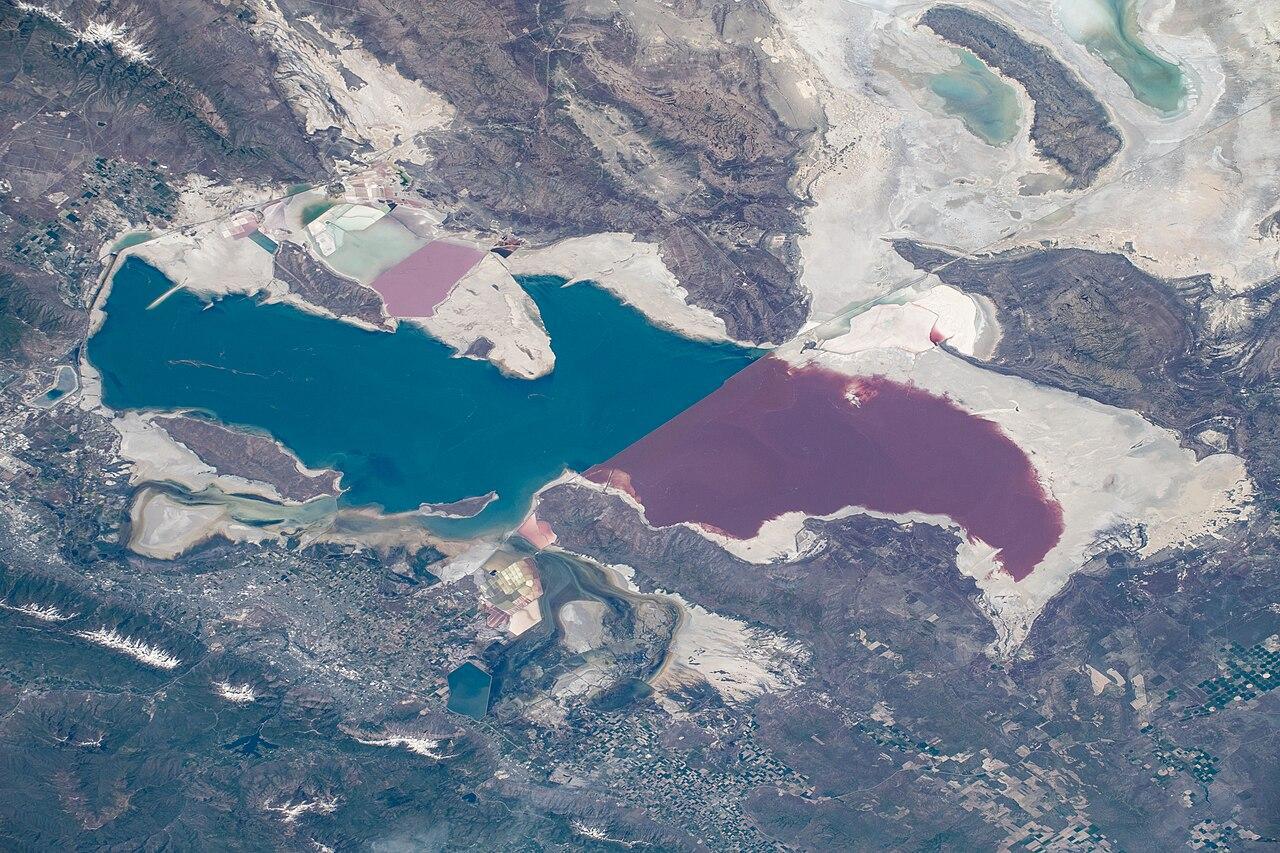
Source: Wikimedia
“What our study shows is that CO2 emissions from the Great Salt Lake’s waters are probably very low, whereas emissions from the dried-up lake bed are very high, especially in summer months,” he said.
CO2 Leaking From the Lake Bed
The curator of climate change went on to detail the process that’s resulting in a significant level of CO2 leaking from the lake bed.
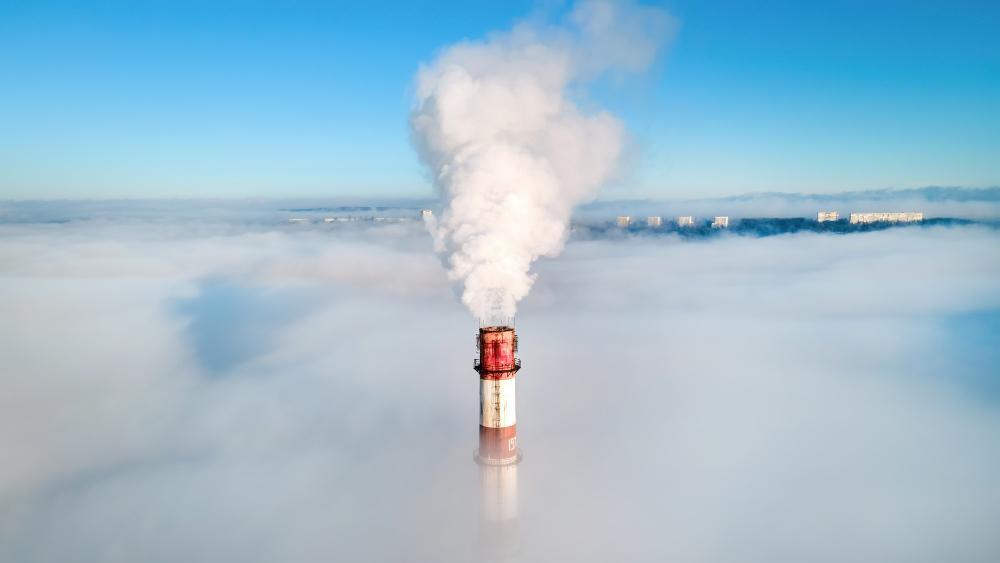
Source: Wikimedia
“Essentially, these exposed sediments are rich in organic matter that had settled on the lake bed, and now that they’re exposed to the atmosphere, it’s much easier for bacteria to turn that matter into carbon dioxide through their respiration,” he said.
4.1 Million Tons of Greenhouse Gases Released
In their study, the scientists describe the length of the process they endured by measuring the methane and CO2 emissions at various parts of the lake.
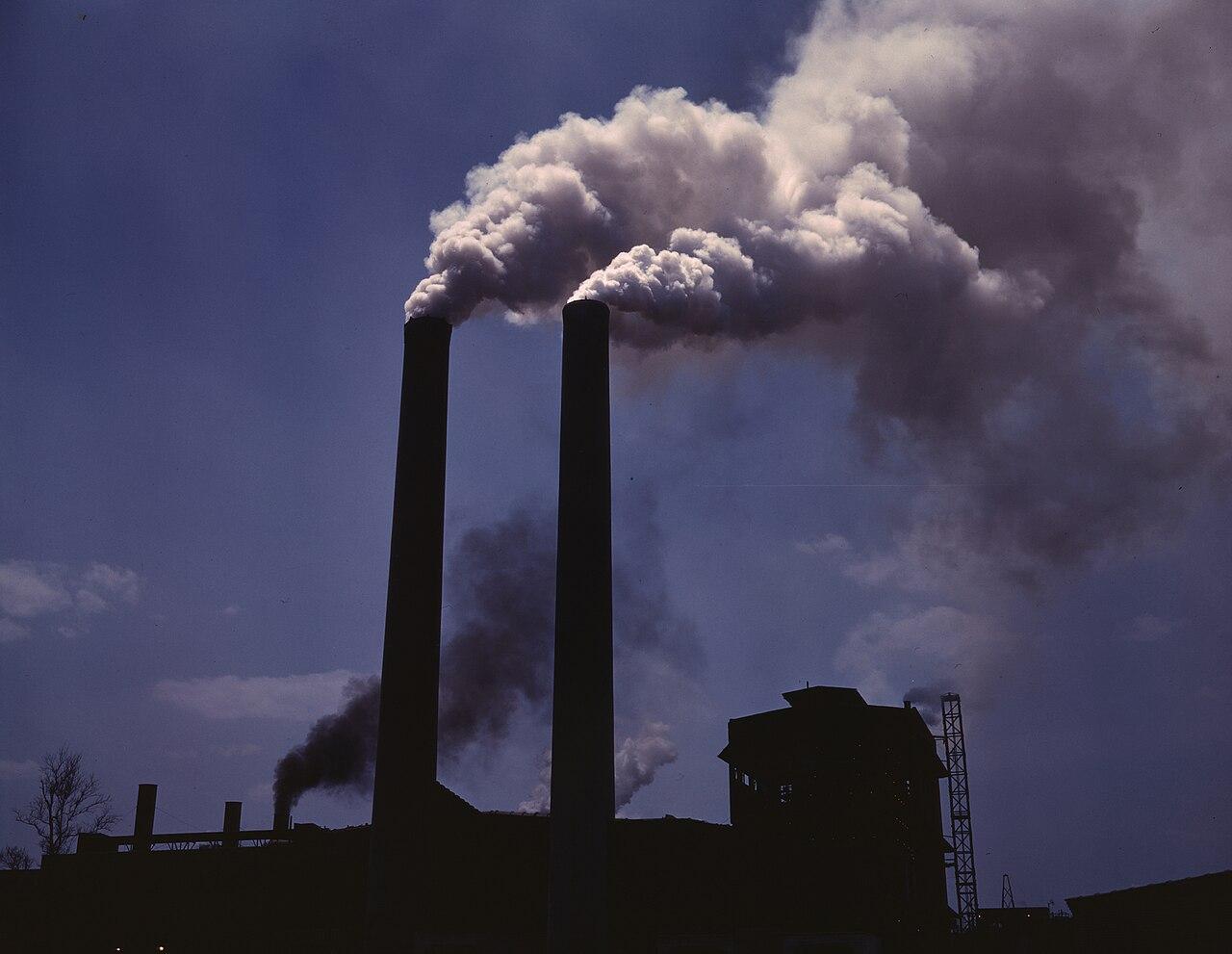
Source: Wikimedia
They later compared the results with estimations of how much greenhouse gases the Great Salt Lake would have released if the water level had been much higher. They estimate that around 4.1 million tons of harmful gases were released in 2020, 94% of which were CO2.
7% Increase in Greenhouse Gases in the State
Based on the results of their study, the scientists estimate that the drying of Utha’s lake has led to around a 7% increase in greenhouse gases within the state.
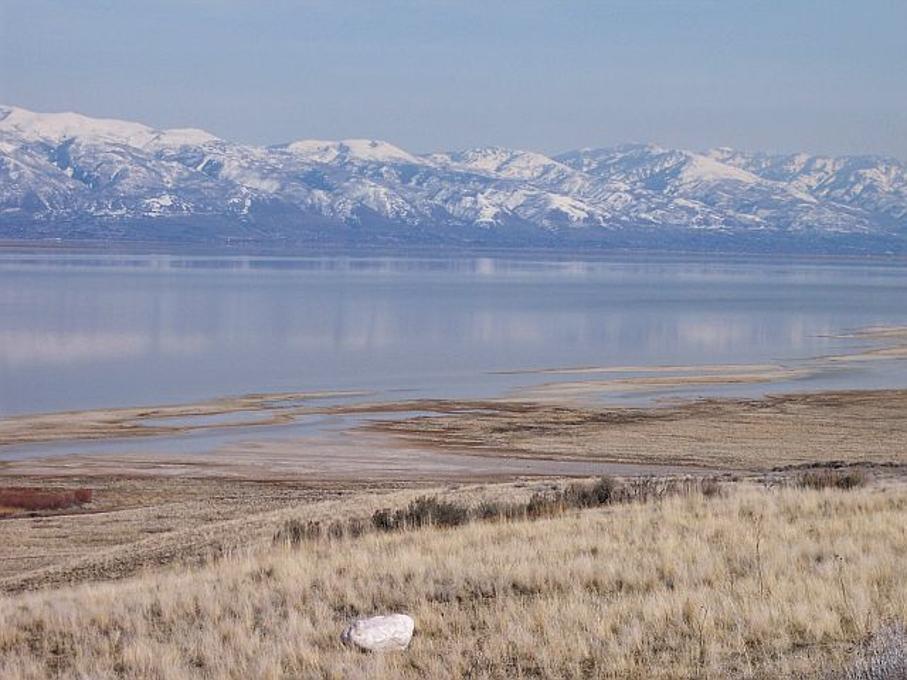
Source: Wikimedia
“The best and maybe the only way to prevent this CO2 from being released is to ensure that the Great Salt Lake remains wet. In the western U.S., multiple proposed solutions toward this goal, including water markets, are being considered, and outdated western water laws are part of the issue,” Brothers said.
Negative Side Effects of Poor Water Management
According to the researchers, the greenhouse gases associated with climate change have also played a significant role in the rising temperatures being witnessed throughout Utah, placing further urgency on the government to find a solution to the problem at hand.

Source: Freepik
The study’s results highlight an often overlooked aspect of global warming. Hopefully, the researchers’ data will shed light on the negative side effects of poor water management in places like Utah and its potential impact on the climate.
